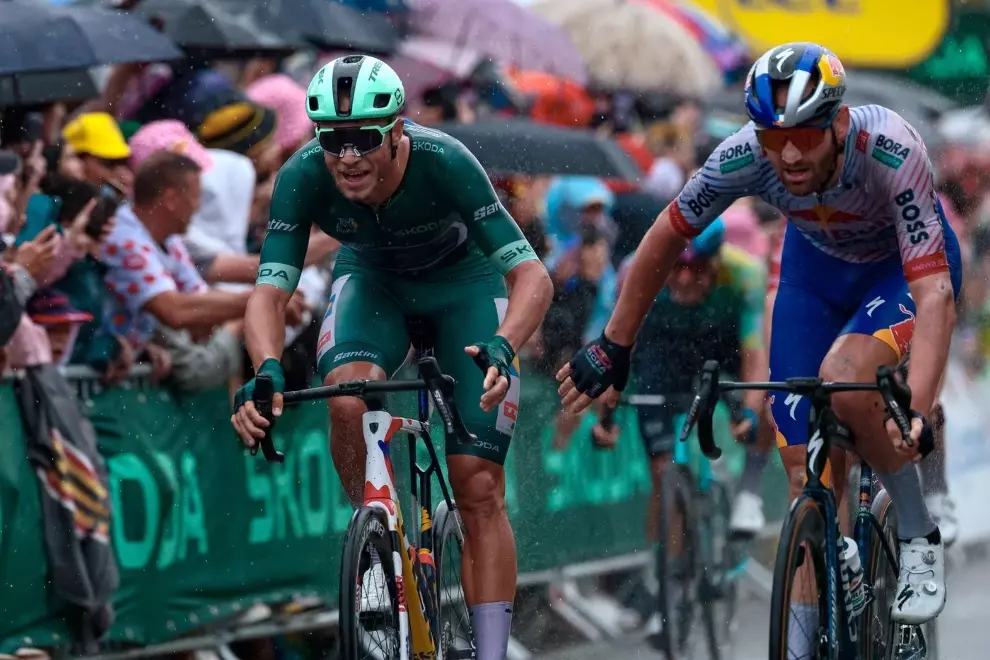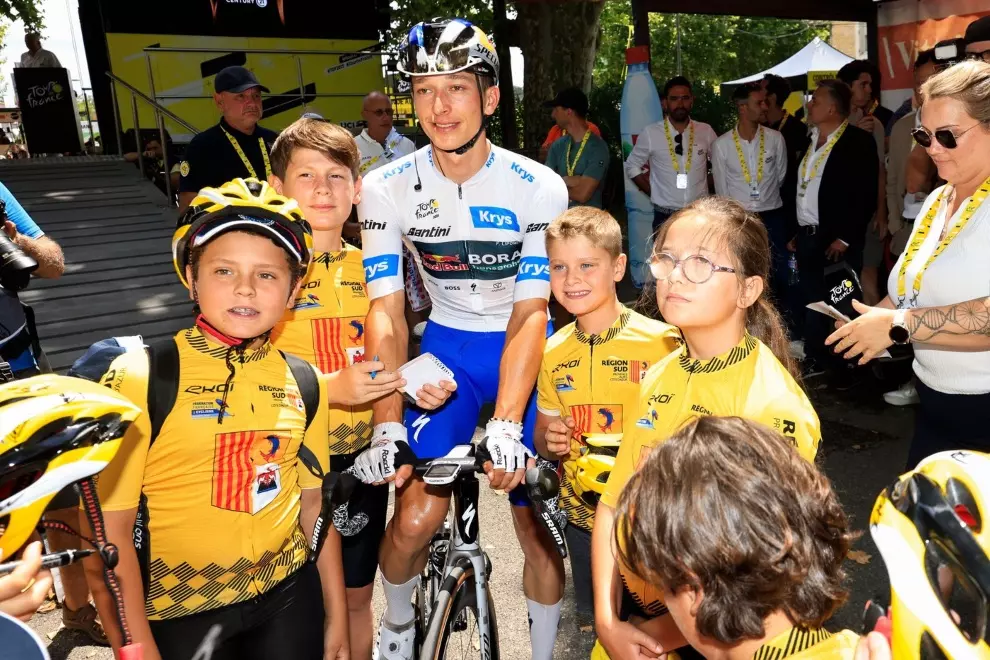While looking at your stats and sharing your results on Social media is essential, it shouldn’t come despite all the post-ride chores you have. Many cyclists and mountain bike riders fall into the trap of neglecting what comes after the ride. Thus, instead of improving their results, they fall behind.
So, to help you avoid this downfall into mediocrity, we’ve prepared a list of five post-ride mistakes you should avoid.
Not cleaning your kit and bike
Now, we’ve all been there. Exhausted from a long ride, all dirty and sweaty, tired and hungry, we rush inside our homes, dreaming of a cold beer and some pizza to kick back and relax while looking at our stats and sharing our success on social media. Alas, this post-bike routine is entirely wrong, and you messed up even before you got inside.
After a bike ride, regardless of whether it was road cycling or an MTB ride, your bike and kit will be all muddy, dirty, and worn. Leaving it as is will inevitably double your work, as the mud will harden and it can even damage your paint and parts. Moreover, you will certainly forget about it precisely 32 seconds after entering your home. Thus, your bike will be a mess for your next ride. This may lead to some serious mechanical problems but will also drag down your stats.
So, before you even get inside, make sure to clean your bike properly. Get the mud off, dry it, and lube it to prepare for your next ride. It will take 10-15 minutes but it’s time well spent. Don’t forget your kit as well. Your helmet, shoes, and bike accessories need cleaning too, and the sooner you take care of them, the better lifespan they will have.
Marinating in your cycling kit
You’ve cleaned your bike, and it’s time to eat, kick back, and relax. Well, no. Sorry, but you’ve been marinating in your cycling kit long enough. It’s time to ensure your bike won’t be embarrassed to be seen with you.
The stench is not the biggest problem, though. Post-ride, your body is still working at full capacity, and your immune system is in disarray with all those torn muscle fibres. So marinating in your jersey and shorts may lead to catching a cold, getting rashes, saddle soreness, and other nasty illnesses that will ruin your training cycle.
It will also affect your recovery to the point where muscle soreness and joint pains may occur. To avoid this painful turn of events, just get your sweaty jersey and bib in the washing machine for a 15-minute spin and take a shower in the meantime. While a hot shower may seem appealing, we suggest going for a lukewarm or even cold shower after demanding rides. This will reduce inflammation, help muscle repair, and speed up your recovery.
Skip stretching
Speaking of faster recovery, there is one sure way to demolish all your efforts. Just skip post-ride stretching, and you will stiffen up as a board in no time. Cycling is a particular sport where you predominantly utilise quadriceps, hamstrings, glutes, and calves. In other words, your legs are punished disproportionately. If you don’t stretch them after rides, especially long and tiresome ones, these muscles can become tight and shortened over time, limiting your flexibility and range of motion. Stretching helps you lengthen and loosen these muscles, reducing soreness and stiffness.
Most importantly, stretching can prevent injuries. Regularly stretching after your rides can reduce the risk of muscle strains, pulls, and other cycling-related injuries. In the long run, this will immensely improve your performance, as stretching promotes power transfer improvement, better pedalling technique and efficiency, and overall better performance.
Refuelling on junk
Finally, it’s time to eat. Though, if you are adequately fuelled during your ride, feeling famished post-ride is rather unlikely. Regardless, the fridge is right there, and you want to ravish it.
Hold your horses.
Yes, refuelling is necessary after challenging rides but how you do it is much more important. It might be tempting to stuff yourself with sweets, pizza or fatty foods, which you are undoubtedly craving at the moment, but this won’t help you in the long run. Your body doesn’t need sugar or fat. It needs protein and carbs.
Getting a proper meal is much better than stuffing yourself on junk. Some chicken with baked sweet potatoes is a great choice. The potatoes are an excellent glycogen source, the primary fuel your muscles use during riding. You must consume roughly 1.2-1.5 grams of carbohydrates per kg of body weight within the first hour after your ride.
At the same time, you need proteins to repair and rebuild your muscles. Thus, the chicken is not optional but you can substitute it with some cottage cheese, eggs, yoghurt or other protein-rich food.
Rehydrating with alcohol
While food is important, calories are not the only thing you lose during the ride. Looking at your jersey before it got washed, you will notice how most of your body water is already stuck on it.
Yes, long and hard rides lead to significant dehydration. And while that beer in the fridge might be calling you like a mysterious voice from the beyond, drinking alcohol right now will be the worst thing you can do. Even one beer can draw back your recovery time by 25 hours.
Now, I’m not a monster. Beer brings us joy. But before we get to the beer, we need some proper rehydration.
Drinking water may sound like the way to go but plain water won’t do the trick. You lose electrolytes like sodium, potassium, and magnesium through sweat during intense exercise. These electrolytes are crucial for muscle function, nerve transmission, and maintaining fluid balance. Plain water doesn’t replenish these lost electrolytes, potentially leading to an electrolyte imbalance. This will lead to fatigue, headaches, muscle cramps, decreased performance or, in some severe cases, heart attacks, strokes, and death.
Getting a recovery shake is a great way to kickstart your recovery while rehydrating. After that, adding an electrolyte tablet to your water is a must. Make sure to drink a lot of fluids until your body is rehydrated. The easiest way to notice whether you rehydrated yourself is your urine. If the urine is dark yellow, you are far from ready. Pale yellow is the adequate hydration level, while clean urine shows you’ve overdone it. Still, it’s better to overdo hydration rather than stay dehydrated.
So…
A bike ride doesn’t end with getting off the bike. Before you can kick back and relax, there are several things to do. Taking on your chores with the right attitude is instrumental in improving your stats. So, don’t neglect your bike, yourselfor your nutrition, and be sure that your post-bike routine is just as important as your cycling efforts.




